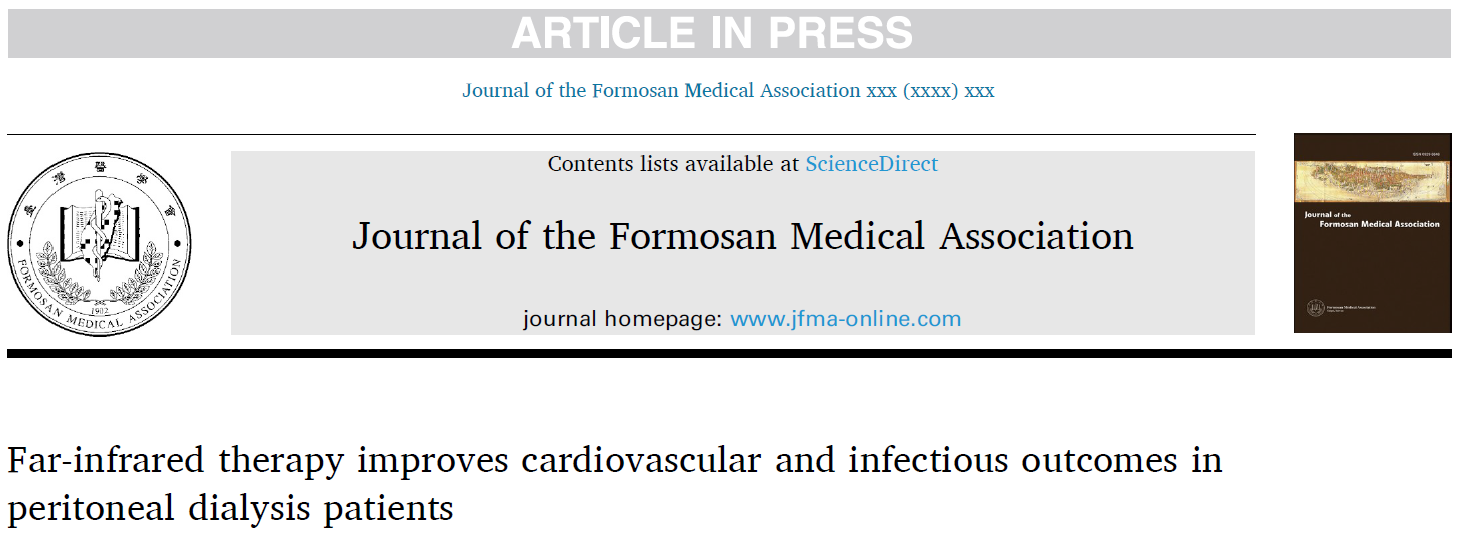Far-infrared radiation prevents decline in β-cell mass and function in diabetic mice via the mitochondria-mediated Sirtuin1 pathway
Abstract
Insulin deficiency in type 2 diabetesmellitus (DM) involves a decline in both pancreatic β-cellmass and function. Enhancing β-cell preservation represents an important therapeutic strategy to treat type 2 DM. Far-infrared (FIR) radiation has been found to induce promyelocytic leukemia zinc finger protein (PLZF) activation to protect the vascular endothelium in diabetic mice. The influence of FIR on β-cell preservation is unknown. Our previous study reveals that the biologically effective wavelength of FIR is 8–10 μm. In the present study, we investigated the biological effects of FIR (8–10 μm) on both survival and insulin secretion function of β-cells. FIR reduced pancreatic islets loss and increased insulin secretion in nicotinamide-streptozotocin-inducedDMmice, but only promoted insulin secretion in DM PLZF−/− mice. FIR-upregulated PLZF to induce an anti-apoptotic effect in a β cell line RIN-m5f. FIR also upregulated mitochondrial function and the ratio of NAD+/NADH, and then induced Sirtuin1 (Sirt1) expression. The mitochondria Complex I inhibitor rotenone blocked FIR-induced PLZF and Sirt1. The Sirt1 inhibitor EX527 and Sirt1 siRNA inhibited FIR-induced PLZF and insulin respectively. Sirt1 upregulation also increased CaV1.2 expression and calcium influx that promotes insulin secretion in β-cells. In summary, FIR-enhanced mitochondrial function prevents β-cell apoptosis and enhances insulin secretion in DM mice through the Sirt1 pathway.
- Metabolism Clinical and Experimental 104 (2020) 154143
Want to know more?
Contact us for more detail





